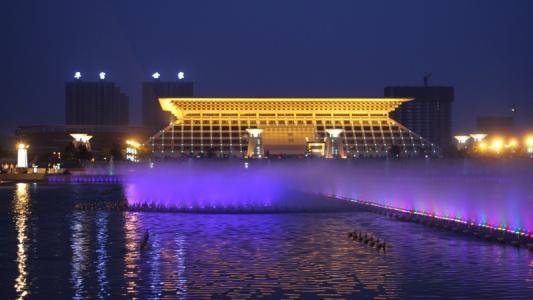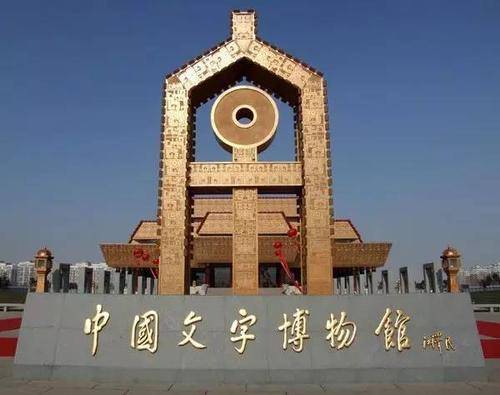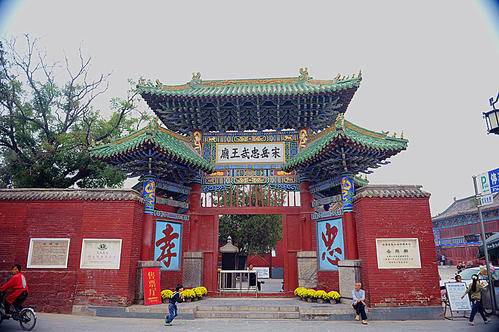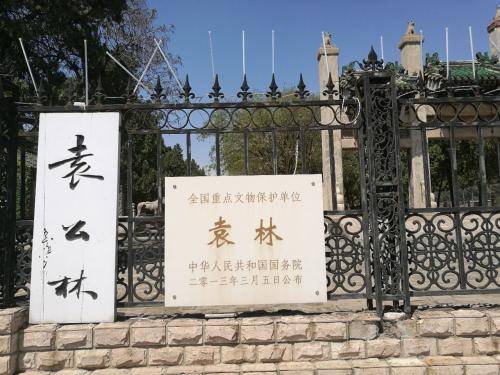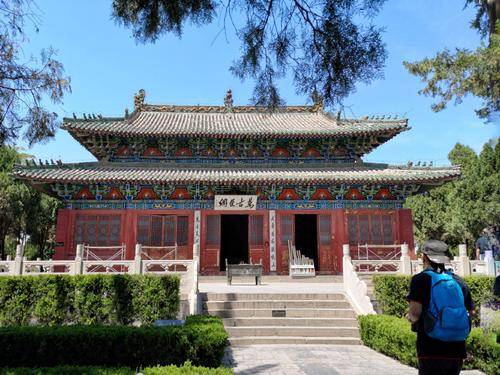Free admission with resident ID card; The national museum is the first museum in China themed around characters. The museum showcases the historical development of Chinese characters, including oracle bone script, bronze inscriptions, bamboo slips, silk books, and stone inscriptions. It houses a large number of national first-class cultural relics.
Yue Fei Temple
Tangyin is the hometown of Yue Fei. The exact founding date of Yue Fei Temple is unknown, but the current site was rebuilt during the Ming Dynasty. It has undergone multiple renovations and expansions over the centuries. The present Yue Fei Temple consists of nine courtyards and is a well-preserved architectural complex from the Ming and Qing Dynasties.
Also known as Yuan Shikai's Tomb, Yuan Gong Lin, it is the tomb of Yuan Shikai, the President of the Republic of China, and his wife, Yu. In 1952, Mao Zedong visited here on Shengli Road in Beiguan District, Anyang City, and instructed to 'keep it as a negative example.' The tomb covers an area of 139 acres and features a blend of Chinese and Western architectural styles. The layout is centered around the Sacred Way, stretching approximately two kilometers from north to south. The current architectural form is basically well-preserved. In 2013, it was listed as the seventh batch of national key cultural relics protection units.
Youli City Ruins
From the Longshan culture to the cultural relics of the Shang and Zhou periods, it is the first state prison recorded in writing in China and even in the world. King Wen of Zhou, Ji Chang, was imprisoned by King Zhou of Shang here. It is also the birthplace of Zhouyi culture. Both Emperor Jiajing and Emperor Qianlong of the Qing Dynasty came here to pay homage to King Wen of Zhou. The existing ruins of the city are an earthen platform about a zhang (approximately 3.3 meters) above the ground, with a heritage park built, shaded by green trees.
Tianning Temple Pagoda
This pagoda has three unique features: First, it is larger at the top and smaller at the bottom, with a peculiar structure resembling an umbrella, making it stand out among the ancient pagodas in China. The first level of the pagoda is relatively high, with relief carvings of coiled dragons, two dragons playing with a pearl, flowers, and clouds on the doors, windows, and columns. Each level has relief paintings under the beams, depicting Buddha statues and stories of Buddha. Second, there is a small pagoda on top, serving as the pagoda's pinnacle. The platform at the top of the pagoda has a Lama pagoda about 10 meters high, used as the finial. Third, the eight corners of the pagoda feature exquisite brick carvings, with each Buddha figure exuding immense compassion. In 1977, Mr. Zhao Puchu climbed this pagoda and marveled at the 'varied and colorful' brick carvings on the pagoda walls!
